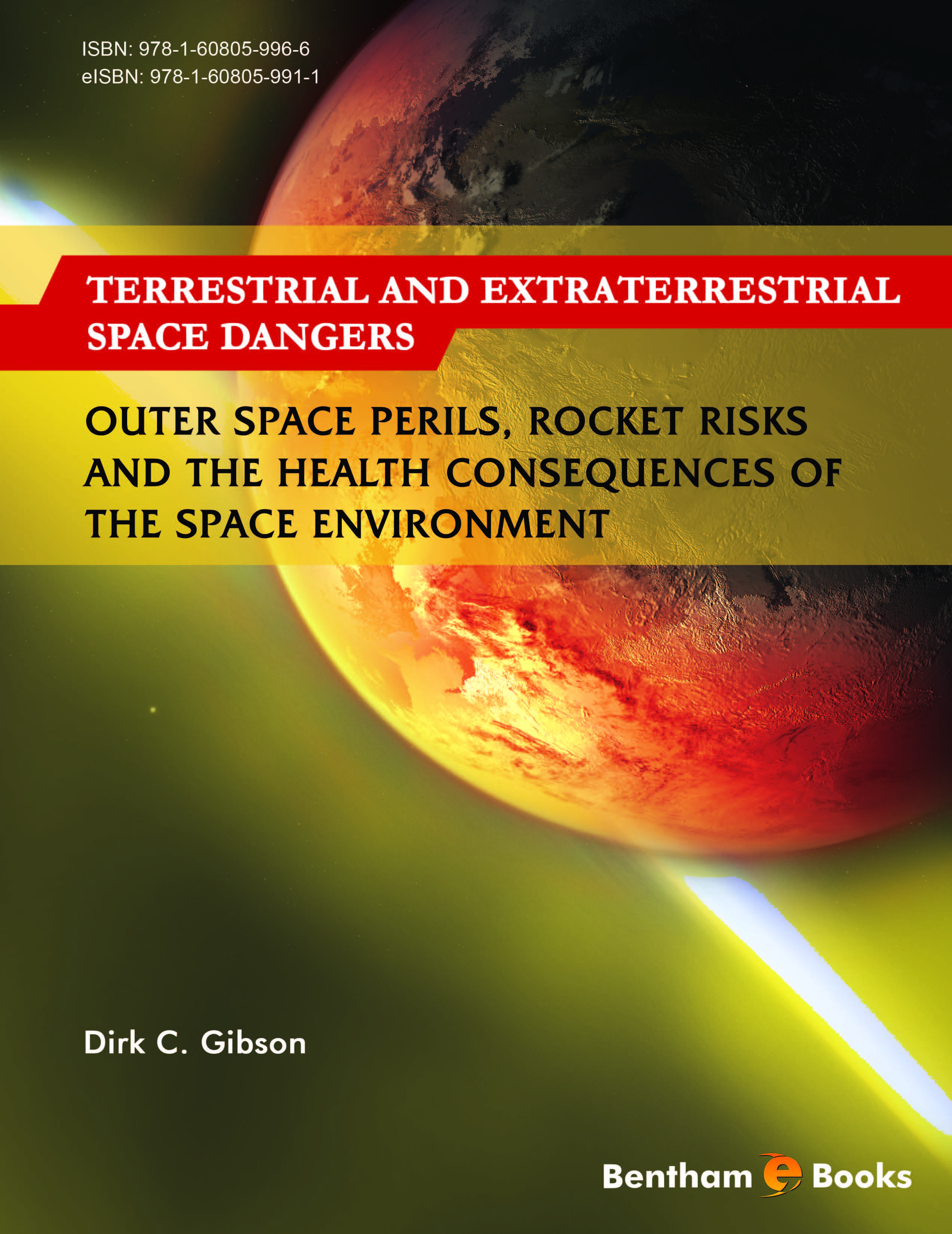This is a very specialized book, although it touches on a large number of topics in the course of five main units and thirty chapters. The solitary focus of this research is the description and documentation of the dangers involved in space travel, and the dangers posed to the Earth by objects and phenomenon from space. At the dawn of the commercial space era, it is especially appropriate that work such as this be disseminated.
I am an advocate of commercial space development. Nevertheless, it must be conceded that space operations are fraught with potential perils and are decidedly dangerous. If space is to be developed, it is essential that such development proceed as safely as possible. This requires a complete understanding of the dangers confronted in space, and those likely to threaten the Earth.
My study of space danger begins with a unit on the unique dangers posed by space. There are about a dozen risks intrinsic to the space environment, including asteroids, meteors and meteorites, and comets. Near-Earth Objects, Earth-crossing objects, and satellites must be considered, as well as space debris. Other space dangers include radiation, black holes, space weather, centaurs and supernovas.
A trio of extra space danger factors is also considered. Perturbation is the initial such factor; it describes how previously safe orbits can be transformed into threats to the Earth. Lost asteroids are a second added danger factor, because an unknown number of asteroids threaten the Earth and are not currently known to us. The final extra space danger factor, collisions, guarantees an endless supply of space debris.
Transportation dangers are the subject of the second unit of this book. Rocket risks and dangers are documented, as are take-off, in-flight, and landing difficulties. Space saturation is also discussed
The medical and health consequences of space travel are examined in this book’s third unit. These deleterious effects include sleep dysfunction, bone degradation, vision impairment, and cardiovascular problems. Other space-related maladies include mental health issues, neurological and brain issues, space adaptation syndrome and the effects on the digestive and immune systems. Muscle degradation, microbes and cancer are also factors in space medicine.
Quantitative estimates and projections of the dangers posed by space are the topic of the fourth and final unit. The statistical risks and odds of space danger actualization are presented.
Dirk C. Gibson
The University of New Mexico
USA
E-mail: dirkcgib@unm.edu





